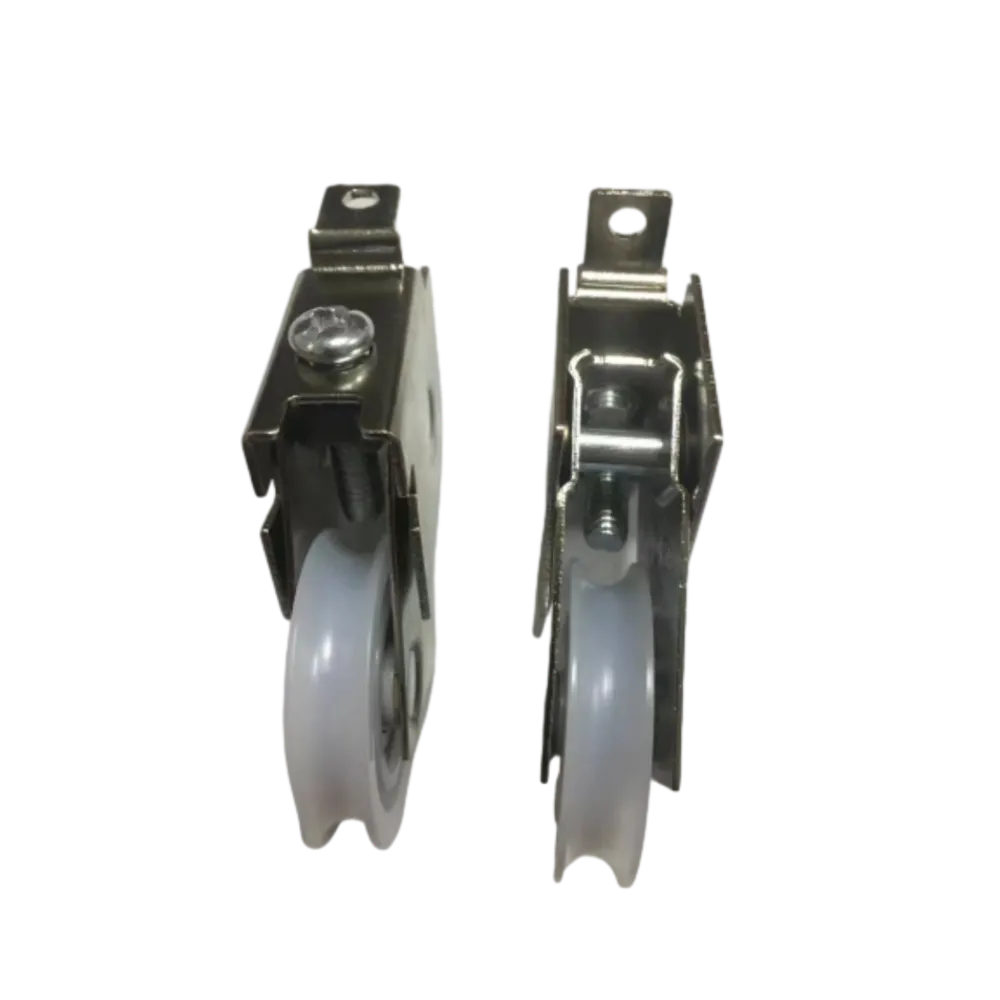wrought iron welding
Wrought Iron Welding Techniques and Applications
Wrought iron, known for its malleability and durability, has been a favored material in construction and metalworking for centuries. Unlike cast iron, wrought iron is more workable and can be easily formed, welded, and manipulated. In recent years, the art of welding wrought iron has gained renewed interest due to its applications in modern architecture, decorative elements, and structural frameworks.
Welding wrought iron presents unique challenges compared to other metals, primarily due to its low carbon content and fibrous nature. The most commonly used welding techniques for wrought iron include oxy-fuel welding, arc welding, and forge welding. Each method comes with its own advantages and disadvantages.
Oxy-fuel welding utilizes a flame produced by burning a mixture of oxygen and fuel gas, which is ideal for heating and fusing wrought iron. This technique allows for precise control over the heat, facilitating the welding process without compromising the material's integrity. It is particularly useful for thin sheets of wrought iron and for creating intricate designs in decorative metalwork.
Arc welding, especially when using TIG (Tungsten Inert Gas) or MIG (Metal Inert Gas) processes, has also become a popular option for welding wrought iron. These methods offer a clean and efficient way to join wrought iron pieces while minimizing the risk of oxidation. TIG welding allows for great control and precision, making it excellent for delicate applications, while MIG is usually faster and easier for larger, more robust pieces.
wrought iron welding

Another traditional method utilized in wrought iron welding is forge welding. This technique involves heating the wrought iron until it reaches a malleable state and then hammering the pieces together. Historically, forge welding was a primary method used by blacksmiths. Although labor-intensive, it results in a strong bond devoid of impurities, and skilled artisans can create beautiful, artistic shapes and designs.
One of the emerging trends in wrought iron applications is its use in architectural design. With the revival of vintage and rustic styles, architects and designers have started incorporating wrought iron in staircases, railings, gates, and window grilles. The seamless joints created through skilled welding techniques preserve the aesthetic appeal of wrought iron while ensuring strength and durability.
Moreover, wrought iron’s versatility extends to artistic creations, such as sculptures and functional art pieces. The process of welding allows artists to combine different elements, crafting unique forms that exhibit both creativity and craftsmanship. By mastering the welding of wrought iron, artists and blacksmiths can explore new boundaries of design and functionality.
In conclusion, wrought iron welding is not only a valuable skill but also an essential technique that bridges the past with the present. Whether used in building structures, creating decorative features, or crafting artistic expressions, the ability to properly weld wrought iron can greatly enhance the beauty and longevity of the finished product. As technology evolves, the welding of wrought iron will likely see further advancements, expanding its potential in various industries and art forms.
-
Wrought Iron Components: Timeless Elegance and Structural StrengthNewsJul.28,2025
-
Window Hardware Essentials: Rollers, Handles, and Locking SolutionsNewsJul.28,2025
-
Small Agricultural Processing Machines: Corn Threshers, Cassava Chippers, Grain Peelers & Chaff CuttersNewsJul.28,2025
-
Sliding Rollers: Smooth, Silent, and Built to LastNewsJul.28,2025
-
Cast Iron Stoves: Timeless Heating with Modern EfficiencyNewsJul.28,2025
-
Cast Iron Pipe and Fitting: Durable, Fire-Resistant Solutions for Plumbing and DrainageNewsJul.28,2025
-
 Wrought Iron Components: Timeless Elegance and Structural StrengthJul-28-2025Wrought Iron Components: Timeless Elegance and Structural Strength
Wrought Iron Components: Timeless Elegance and Structural StrengthJul-28-2025Wrought Iron Components: Timeless Elegance and Structural Strength -
 Window Hardware Essentials: Rollers, Handles, and Locking SolutionsJul-28-2025Window Hardware Essentials: Rollers, Handles, and Locking Solutions
Window Hardware Essentials: Rollers, Handles, and Locking SolutionsJul-28-2025Window Hardware Essentials: Rollers, Handles, and Locking Solutions -
 Small Agricultural Processing Machines: Corn Threshers, Cassava Chippers, Grain Peelers & Chaff CuttersJul-28-2025Small Agricultural Processing Machines: Corn Threshers, Cassava Chippers, Grain Peelers & Chaff Cutters
Small Agricultural Processing Machines: Corn Threshers, Cassava Chippers, Grain Peelers & Chaff CuttersJul-28-2025Small Agricultural Processing Machines: Corn Threshers, Cassava Chippers, Grain Peelers & Chaff Cutters












